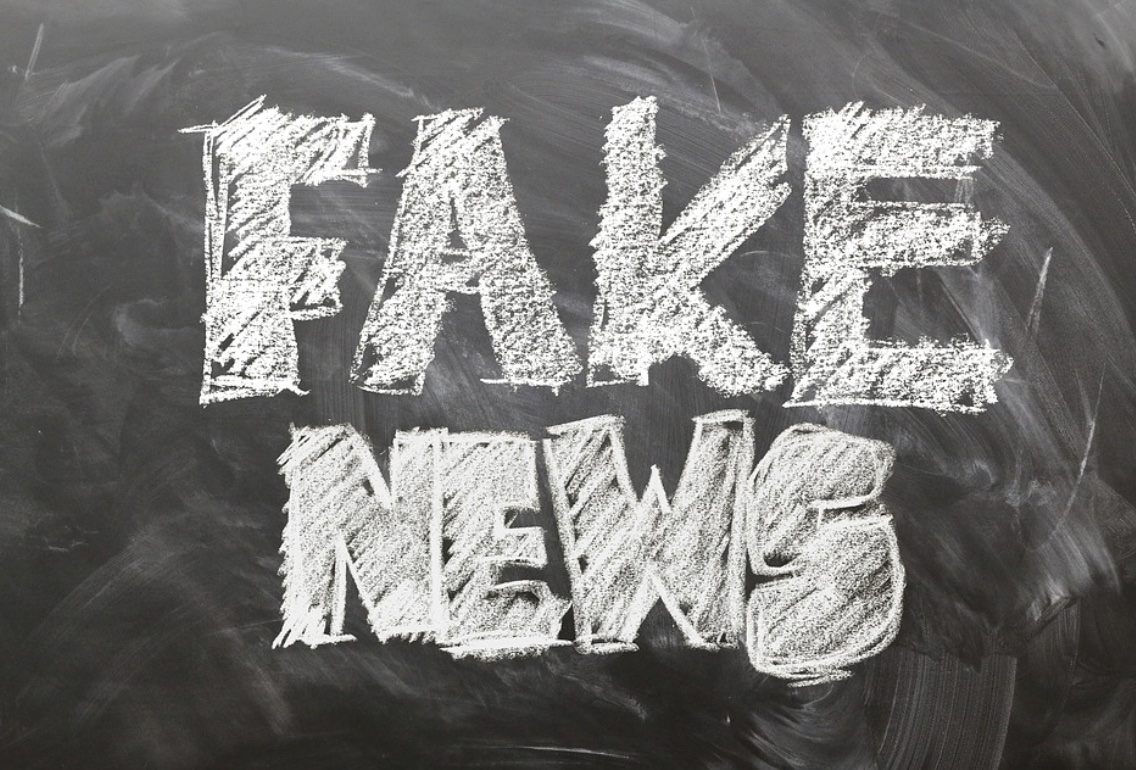
Image Source: Pexels
Teaching kids how to be safe online can feel like a full-time job for parents and educators. Worrying about things like cyberbullying, predators, and scammers is one thing. But, it’s just as important to teach kids how to identify online health misinformation.
Even adults are guilty of occasionally believing medical information online that isn’t true. When was the last time you Googled your symptoms for something and believed the first thing you read? Teaching kids how to identify that misinformation early on can make a big difference in how they view their well-being and the type of information they take seriously.
With that in mind, let’s touch on why health misinformation is so rampant online, in the first place. Then, we’ll cover why that information can negatively impact the relationships kids have with their doctors and scientists, and what you can do to teach the children in your life how to clearly identify false health information. The strategies you put in place for them now can foster a healthier future.

Image Source Pixabay
A Mountain of Misinformation
Again, you’ve likely fallen victim to reading false medical information online at least once before finding out the truth. It’s not difficult to try to do effective research only to find that so much of what’s published online isn’t true – even if the information looks like it’s coming from a reputable source.
Why is that? Why does there seem to be so much health misinformation online, when people really just want to better understand their symptoms?
Unfortunately, a lot of it has to do with website popularity and even making money. Developers often go to great lengths to make their sites look like trustworthy sources. They might cite false statistics or quote professionals that don’t really exist. They’ll look like reputable news sources, and offer up information that isn’t based in reality. For every person that visits their website, clicks their links, or subscribes to their newsletters, they’re growing their audience and making more money.
Social media has made it even worse, allowing people to share these sites and stories with friends and family members. If your child sees a social media post about a specific health issue shared by a close relative, they’re likely to believe it’s true.
The Negative Impact of False Health Information
Health misinformation online is dangerous for everyone, but it can be especially problematic for young, impressionable minds. Not only can misinformation be somewhat frightening and confuse kids about what’s real and what’s not, but it can lead to a lack of faith in both healthcare professionals and scientists.
Nowadays, it’s not uncommon for patients to leave their doctors because of a lack of trust, or because they think their doctor has poor communication skills. By teaching kids to identify health misinformation online, you’ll also teach them how to improve their health literacy, which can bolster their relationships with doctors as they grow into adults. They’ll feel more comfortable opening up about their health concerns with their doctors, which can help when it comes to catching conditions early and learning more about how to adopt healthy lifestyles.
They’ll also feel more confident in their understanding of basic health principles. So, it’s less likely they’ll be swayed by false information that doesn’t line up with scientific facts. Fake websites, news, and social media posts aren’t going anyway. The more you educate today’s younger generations on how to spot and avoid those fake accounts, the easier it will be to stop that misinformation from spreading.

Image Source Pexels
How to Teach Kids to Spot Health Misinformation
The easiest way to teach kids to spot health misinformation online is to encourage them to surf like a scientist. It’s always important to make sure kids aren’t believing everything they read online, but that’s especially true when it comes to medical information. Some of the best ways to help them spot it include:
Reading past headlines
Avoiding promises that are “too good to be true”
Considering sources
Thinking twice before they share something
You should also teach them to know how to back up any information they find. If they see a specific statistic, treatment option, or medical issue, information about it should be readily available from official medical websites, and it should have research to back it up. Encourage students to use those platforms in their research, instead of just relying on the familiarity of social media platforms and influencers on YouTube. Influencers are often willing to do whatever it takes to gain subscribers and followers. Sometimes, that includes spreading misinformation – even if they aren’t doing it knowingly.
Using edtech to protect and inform your students is another great tool to put in their arsenals. Health apps from medical facilities, VR simulations, and specific technologies that teach kids more about science can all make it easier for them to combat false information, feel more confident in their healthcare professionals, and better prepare them for the future.
Amanda Winstead
Amanda is a freelance writer out of Portland, focusing on many topics, including educational technology. Along with writing, she enjoys traveling, reading, working out, and going to concerts. If you want to follow her writing journey or even just say hi, you can find her on Twitter @AmandaWinsteadd.





